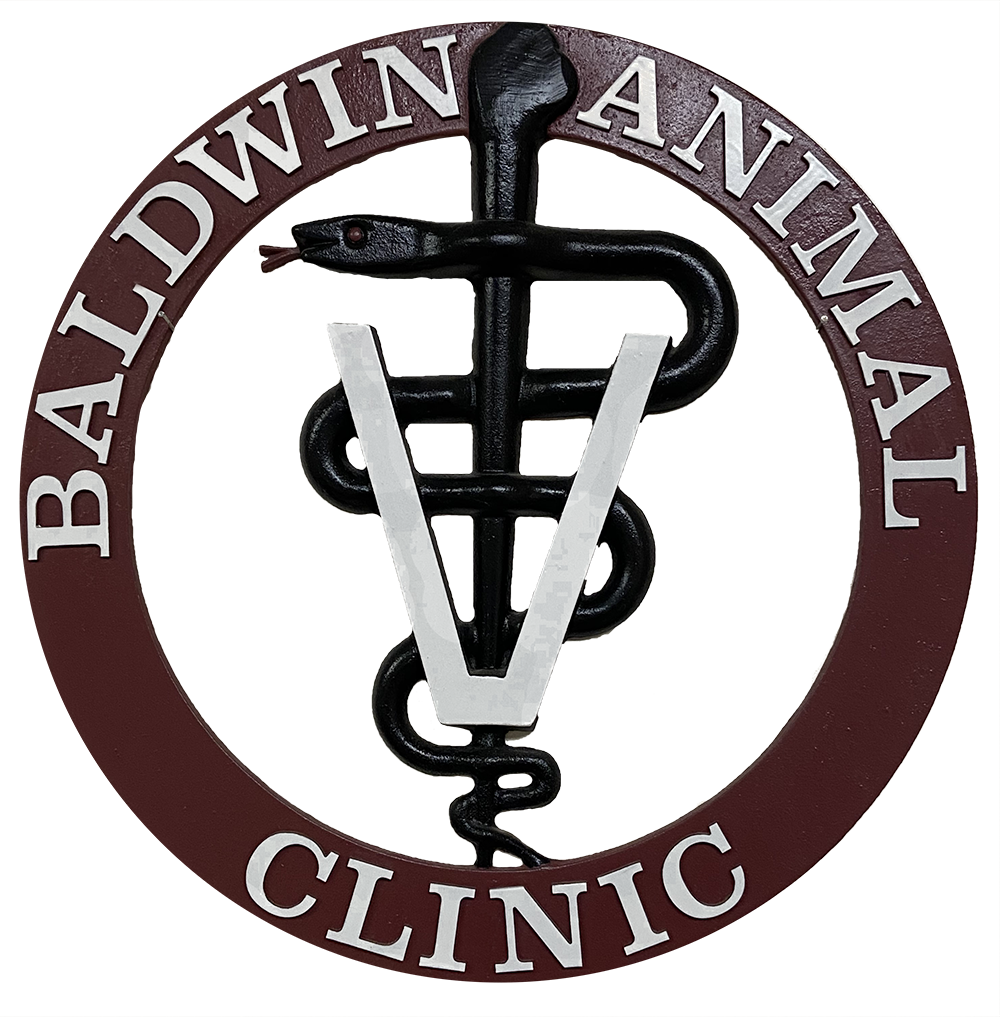Library
-
The American Animal Hospital Association and American Veterinary Medical Association have established guidelines to standardize preventive health care for cats, helping them to live longer, healthier lives. This handout provides an overview of the recommendations within these guidelines and why they are so important.
-
The American Animal Hospital Association and American Veterinary Medical Association have established guidelines to standardize preventive health care for dogs, helping them to live longer, healthier lives. This handout provides an overview of the recommendations within these guidelines and why they are so important.
-
Pythiosis is a waterborne infection that can infect the GI tract or skin of dogs. It can cause extreme weight loss, vomiting, diarrhea or skin lesions such as ulcerating nodules and draining tracts. This disease is more common in southern regions. Treatment involves surgical removal of all affected material if possible, including limb amputation if indicated. Different antifungal therapies have shown some efficacy and need to be continued long-term. Prognosis for resolution of pythiosis is guarded to poor.
-
Rabies in Dogs
La rabia es una enfermedad producida por un virus que, probablemente, es la más desagradable de todas las que afectan a los animales de sangre caliente, incluyendo las personas y los perros. Casi siempre es mortal.
-
Rabies is a viral disease that can infect all warm-blooded animals, including cats and people, although some species are somewhat naturally resistant to the disease. When signs of rabies occur, it is an almost invariably fatal disease. Vaccination and post-exposure quarantine are discussed.
-
Rabies is one of the most devastating viral diseases affecting mammals, including dogs and humans. It is a fatal disease caused by infection with the rabies virus. Following a bite from a rabid animal, the disease progresses in stages. Vaccination is the cornerstone of rabies prevention.
-
Adding a new kitten to your family is a lot of fun, but it is also a big responsibility. This handout reviews basic kitten care, including vaccinations, internal and external parasites, nutrition, and nail care. It also reviews the importance of early spay/neuter and microchip identification.
-
Ringworm infections in cats are caused by a fungus, not a worm. They can be easily recognized, though definitive testing by fungal culture is recommended. Ringworm is highly contagious and can be spread between animals and from animals to people. The clinical signs, diagnosis, treatment, and risks are explained in this handout.
-
Ringworm infections in cats are caused by a fungus, not a worm. They can be easily recognized, though definitive testing by fungal culture is recommended. Ringworm is highly contagious and can be spread between animals and from animals to people. The clinical signs, diagnosis, treatment, and risks are explained in this handout.
-
Rocky Mountain Spotted Fever (RMSF) is spread by various species of ticks and is not confined just to the Rocky Mountain regions of North America. Clinical signs can be non-specific and affect multiple body systems. Early diagnosis and treatment give the best prognosis for recovery after treatment with antibiotics. Prevention of tick bites and prompt removal of ticks is important.

